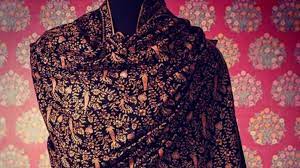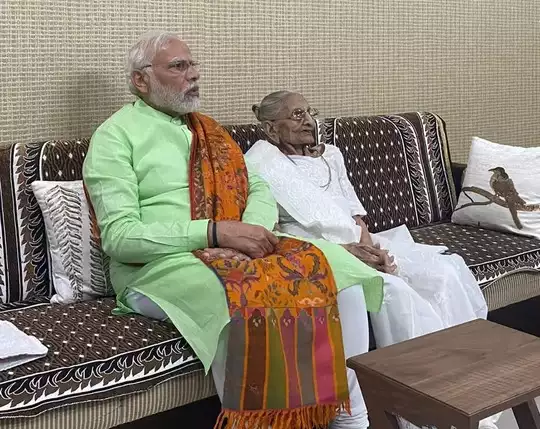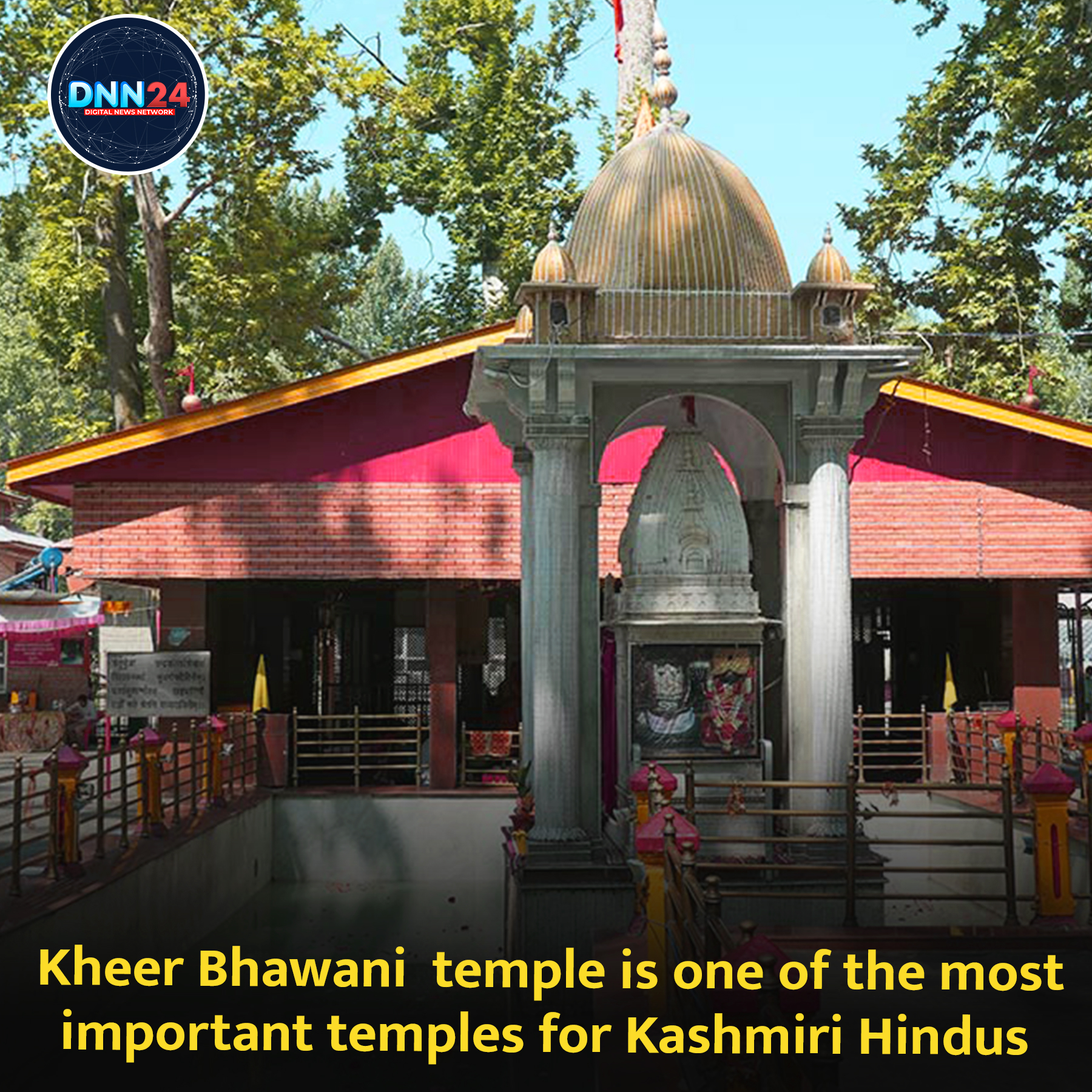As a statement of fashionistas, VIPs at the FIFA World Cup 2022 began wearing Pashmina shawls.
The pashmina shawl, renowned worldwide for keeping winter at bay, has evolved into a fashion statement and achieved enormous popularity among the general public during the 2022 FIFA World Cup.
At a boutique called “Blue Salon” on Suhaim Bin Hamad Street in Doha, the capital of Qatar, special arrangements were made for the online-offline sale of Pashmina shawls during the 40-day mega event FIFA World Cup. A unique type of shawl was being sold here for 995 Qatari Riyals.
For the FIFA World Cup, a specific style of this pashmina shawl was made. It contained the FIFA Cup logo on one corner and was designed to resemble an enormous headdress worn by Arabs. Even after the FIFA World Cup has been over for about a week, this shawl is still offered in “Blue Salon.” Additionally, during the FIFA World Cup, Pashmina shawls made in Kashmir were given out to VIPs. The distribution of Kashmir-made pashmina shawls bearing the FIFA emblem to hundreds of VIPs at the Al Bayt Stadium in Doha during the FIFA World Cup received positive feedback, according to Dr Tariq Trumbu of the Relief
Pain Clinic in Dal Gate, Srinagar.
Notably, this time the FIFA World Cup was organized in the Arab country of Qatar, where thousands of foreigners gathered. It was the most expensive and lavish FIFA event ever.

Pashmina Shawl, Akbar, PM Modi and History
The history of Pashmina shawls is ancient. Akbar used to gift Pashmina shawls to his loyalists. PM Modi also likes it very much, and on many occasions, he is also seen wearing it. Pashmina shawl is not only famous in India but also crazy about it in foreign countries. Pashmina shawls, renowned for their warmth, softness, and elegance, have evolved into a status symbol. It is often referred to as the Kashmiri sign. It is also known as a Kashmiri Shawl by others. Do you, however, see where the name “Pashmina” originated? How is a pashmina shawl made, and how can you know whether it is authentic?
How did the name “Pashmina” come about?
Pashmina is derived from the Persian word “pashm,” which means wool. Pashm has also been described as weaving thread in a step-by-step manner. Pashmina wool is extracted from a particular Kashmir mountain goat called Chyangra or Chyangari.
Local people also call it Chegu. These goats are unique in that they live in the Himalayan mountains at an elevation of 12000 feet in temperatures above minus 40 degrees. Primarily found in the hilly areas of Kashmir, Ladakh, Nepal, and Tibet. The nomads who raise these goats in Kashmir are called Changpa.
A pashmina shawl made from the wool of three goats
The chyangari goats themselves discard the upper layer of wool from their bodies during winter. They can be cut separately. The weight of yarn obtained from a goat ranges from 80 to 170 grams. The process of making pashmina shawls is exceptionally tedious. It takes at least three sheep’s wool to make one shawl and takes a week to 10 days. That’s why pashmina shawls are costly.
How did pashmina shawls become famous?
According to historians, the 15th-century ruler of Kashmir, Zainul Abedin, established the wool industry in the province and promoted Kashmiri pashmina shawls. However, some historians tell the history of Pashmina Shawl before this. The popularity of Kashmiri shawls increased during the Mughal rule, and its fragrance reached other corners of India and the world apart from Kashmir. According to historians, there was a “khilat” (tradition of giving clothes) to the loyalists during Babur’s reign. The child also included turbans, coats, gowns, and accessories made of Kashmiri pashmina wool and other garments. Later, when Akbar conquered Kashmir, a special ‘Khilat’ ceremony was organized, in which Kashmiri Pashmina shawls were given as gifts. Gradually, Kashmiri Pashmina shawls became famous in neighbouring countries apart from India. It has become an essential part of dowry in Nepal and other countries. It became trendy in all the nations of Europe as well.

Narendra Modi likes pashmina shawls.
Prime Minister Narendra Modi is also among the admirers of Pashmina shawls. Recently, when the Prime Minister met his mother in Gujarat, he was wearing an orange pashmina shawl. This shawl’s images have also become more well-known. On social media, several complaints about its cost were also made.
How do I identify a genuine Pashmina shawl?
Many people claim on social media that you can remove the Kashmiri Pashmina shawl by putting it in a ring or if you make a hole in the Kashmiri Pashmina shawl. After some time, the fabric will automatically join, and the gap will disappear, but ‘ Jasir Arafat, CEO and founder of Hunar the Craft, says this claim is entirely false. If there is a small hole in the Kashmiri Pashmina Shawl, it will not show through
the fabric, but if you make a big hole with a pen or any other object, it isn’t easy to join again. Threads break. The only way to identify Kashmiri Pashmina shawls is through the GI tag, also known as the geographic tag. Arafat explains that only those Kashmiri Pashmina products get the GI tag, which is entirely hand-woven. That’s why there is a GI tag on every shawl. Some shawls are machine woven. Hence, they do not have a GI tag.



